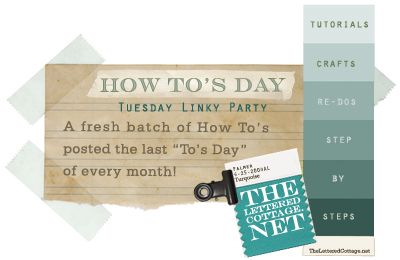Gabe's birthday is just a couple weeks away so it's time to start getting ready. This year he requested a Star Wars party. So this post is a "prep" post. I'll fill you in on the cake and food later and do a wrap up explaining the games and how they all went.
First, I needed to make some invitations. Please, George Lucas, don't be mad at me for using your image. I'm not making money off you. I don't really care for store bought invites. I don't know why, they just seem to not have the right length blanks for info and they just aren't that creative (most of the time).
I started with a blank document and divided it into four sections (postcard size). Many programs will do this for you. If not just make a guide dividing halfway lengthwise and width-wise. So, I grab an image of my son's favorite characters, C3PO and R2-D2. I put it into my document and sized and placed it off to the side. Then it was time to add the text boxes. Don't forget stuff like date, time, and location. I almost left off the address! Silly me.
Fonts: Art Stamp Medium (download it free from the internet)
Arial (would be weird if you don't have it on your computer, Helvetica is very similar) I just made the font size bigger for the main details to stand out, and also used color for the same reason.
Since we are doing games that will be like jedi training, I thought it would be fun to make the invites like invitations from the Jedi Counsel. And if you are not hip on the Star Wars lingo, a padawan is a jedi-in-training. Gabe wants to dress up as a jedi, so we figured we would invite others to dress up, but it isn't necessary.
I just printed them on photo paper because I liked the glossy look, but card stock would be great too. Then I cut them apart, and I'm sending them into his class since we are inviting everyone. If you are not inviting the whole class, be respectful (we don't want hurt feelings!) and put them in the mail. You can address and stamp the back like any other postcard.
Treat bags:
Are you like me? I hate the little treat bags kids get at parties. Don't get me wrong, it's a nice gesture. But let's be honest, most of the stuff is less than stellar and is usually lost, broken or forgotten in less than 12 hours. I figure why waste my money on such nonsense?
One thing they will need for the party is a lightsaber, and this would make a great treat to take home. I can't buy the plastic ones for everyone, and more than that, someone is bound to get hurt with those. I decided the best way to go was to buy pool noodles and make my own.
Start with a noodle (I found both skinny and fat, since they have small hands, I picked the skinny ones).
Fold it in half and pinch it down so you find the center.
 |
| Yeah, please disregard the mess in the background. |
Use a serrated knife and cut the noodle in the center.
First, I capped off the end with tape and then I carefully wound the tape around the noodle. I just eye-balled how far I should go. Then repeat with the other half. Each noodle gives you two lightsabers.
They are quite good. Maybe not super fancy, but I'm sure the kids will love them and if they beam each other in the head, no one is likely to get hurt. :) Once the rsvp's come in, I will use a permanent marker to write each child's name on a lightsaber so we don't have saber confusion during the party.
Other than that, I will grab some Star Wars coloring books from the dollar store and some Star Wars fruit snacks and invite the children to take one of each home along with their lightsaber.
{Update: to view food ideas, check out Episode 2, includes a Millenium Falcon cake tutorial. to view game ideas, check out Episode 3.}
Linking to some of these great parties.
 |
| It's not Chi's party, but he likes lightsabers too. :) |
Other than that, I will grab some Star Wars coloring books from the dollar store and some Star Wars fruit snacks and invite the children to take one of each home along with their lightsaber.
{Update: to view food ideas, check out Episode 2, includes a Millenium Falcon cake tutorial. to view game ideas, check out Episode 3.}
Linking to some of these great parties.












































